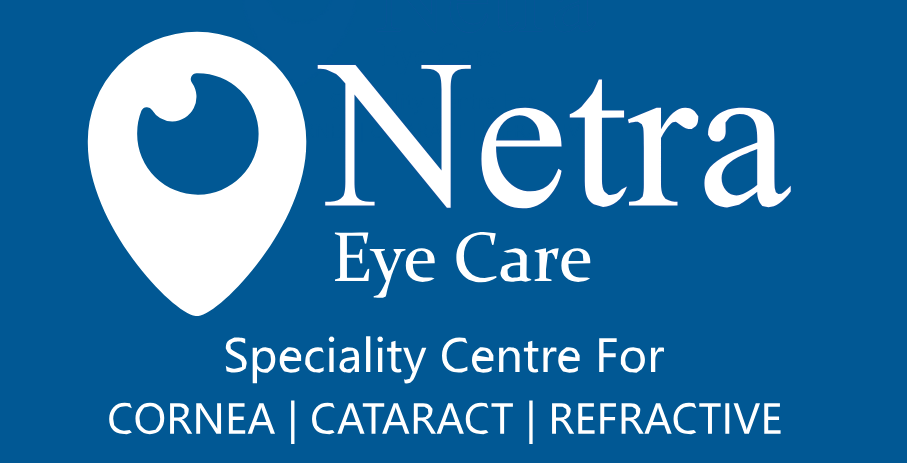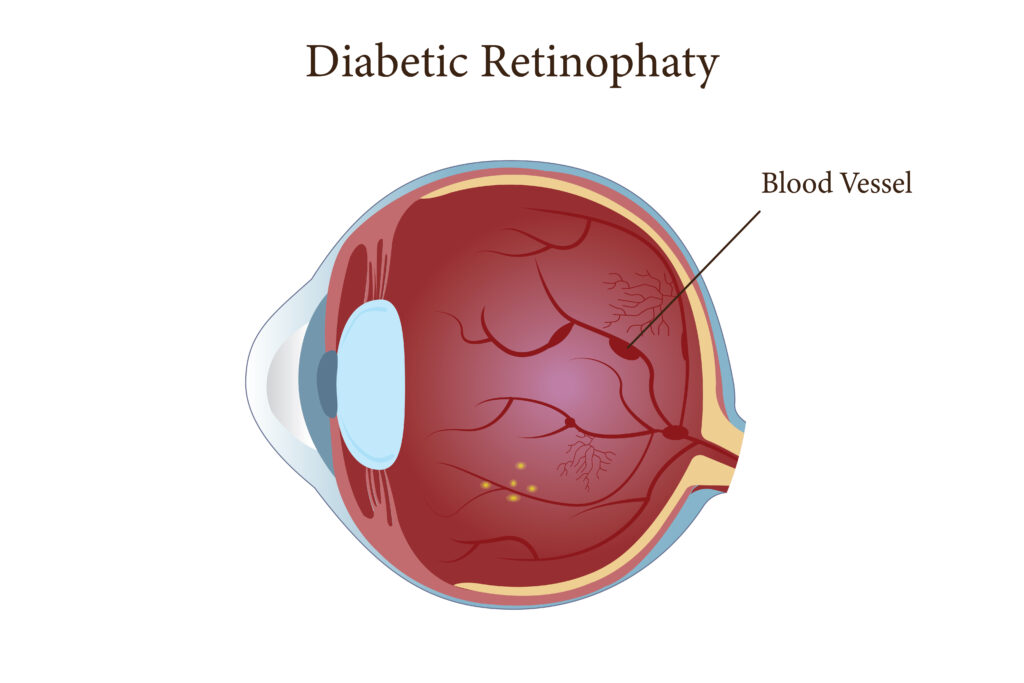Diabetic retinopathy is a condition where diabetes damages the tiny blood vessels in your eyes. This often sneaks up on individuals, taking its toll on vision. Ignoring early symptoms can lead to severe complications, possibly culminating in irreversible blindness. It’s crucial to recognize early signs and seek timely intervention to protect vision.
Understanding Diabetic Retinopathy: A Diabetes-Related Eye Disease
Diabetic retinopathy affects millions globally, leading to cases of visual impairment if unchecked. It’s tied to prolonged high blood sugar levels that injure blood vessels in the retina, the light-sensitive tissue at the back of the eye.
When you have diabetes, high sugar levels can cause these blood vessels to leak or become deformed. New abnormal blood vessels may grow, worsening the damage. Over time, this condition can impair your eyesight and even result in blindness if left untreated.
Consider the journey of Priya from India, diagnosed with diabetic retinopathy in her early thirties. It began with subtle, almost unnoticeable changes. She experienced blurry vision, attributing it to fatigue from work. Only after an eye exam was she made aware of the serious nature of her condition. Priya’s story serves as a poignant reminder of how easily the warning signs can be mistaken or ignored.
Recognizing the Early Warning Signs
Understanding the early signs of diabetic retinopathy can make all the difference. Common symptoms include: – Blurry vision or double vision – Difficulty perceiving colors – Dark, spotty shadows or sudden vision changes
Differentiating these from ordinary eye strains or tired eyes involves close observation of their persistence. If you regularly experience these problems, especially with diabetes, an eye checkup is vital.
Consider Amit’s experience. Initially, he noticed floaters — dark spots that seemed to drift across his vision. Assuming it was just eye strain after long hours in front of screens, he delayed seeking medical advice. When these symptoms persisted, an eye examination revealed diabetic retinopathy. Amit learned the importance of vigilance and immediate medical attention at any warning sign.
Technological Advancements in Early Diagnosis and Management
Today’s technology offers better ways to detect and manage diabetic retinopathy in India. Advanced tools like Optical Coherence Tomography (OCT) can capture detailed images of your retina quickly and comfortably.
Many Indian clinics and hospitals now use these cutting-edge diagnostic devices. They’re assists in making quick and accurate diagnoses, vital in preventing vision loss.
Consider the recent experience of Raj, whose early diagnosis was facilitated by these advancements. Using OCT, doctors captured precise images of his retinal condition, allowing for immediate intervention that safeguarded his sight.
Diabetic Retinopathy Treatment Options
Various diabetic retinopathy treatment options exist today. Early-stage management might include strictly controlling blood sugar and pressure. For more advanced cases, laser surgery and injections can help slow or prevent further damage to the eyes.
Recent treatment technologies in India have proven effective, boasting high success rates in minimizing vision complications.
Take for instance, Kavita, who underwent laser surgery for her condition. Post-treatment, she regained her vision clarity, allowing her to resume her daily activities without hindrance. Her success highlights the potential of advanced diabetic retinopathy treatment methods.
The Role of Indian Healthcare Providers in Managing Diabetic Retinopathy
Healthcare providers in India play a critical role in managing diabetic retinopathy. They ensure regular check-ups and timely interventions, which are crucial in controlling this condition.
Communication between patients and their healthcare teams is vital. Discussing symptoms openly enables accurate and prompt responses to any signs of eye issues.
In Indian hospitals, a collaborative approach between ophthalmologists, endocrinologists, and primary care physicians ensures comprehensive care. This teamwork approach fosters effective management of diabetic retinopathy, allowing for tailored treatments for each patient.
Preventive Measures to Protect Your Vision
Taking preventive steps can protect against vision loss from diabetic retinopathy. Here are some strategies: – Regular eye examinations – Maintaining optimal blood sugar, blood pressure, and cholesterol levels – Adopting a healthy lifestyle with regular exercise
A healthy diet, rich in omega-3 fatty acids and vitamins, supports eye health. Regular physical activity enhances blood circulation, further reducing risks.
Consider Sudhir, who managed his condition proactively. Through lifestyle changes, including a balanced diet and consistent exercise, he slowed the progression of his diabetic retinopathy, preserving his vision over time.
About the Author
The author is a healthcare specialist focusing on diabetes management and related conditions. With years of experience in patient care and education, they strive to inform and empower individuals living with diabetes to maintain their health conscientiously.
Disclaimer
This article is provided for educational purposes and is not a substitute for professional medical advice. Readers are encouraged to consult healthcare professionals for specific medical concerns or conditions.

